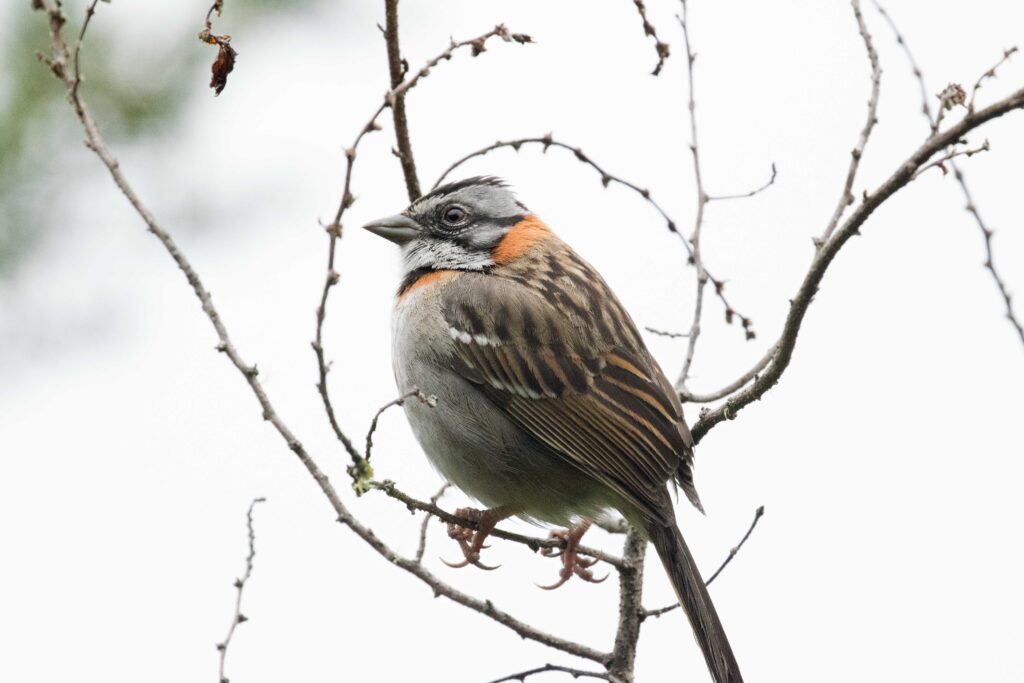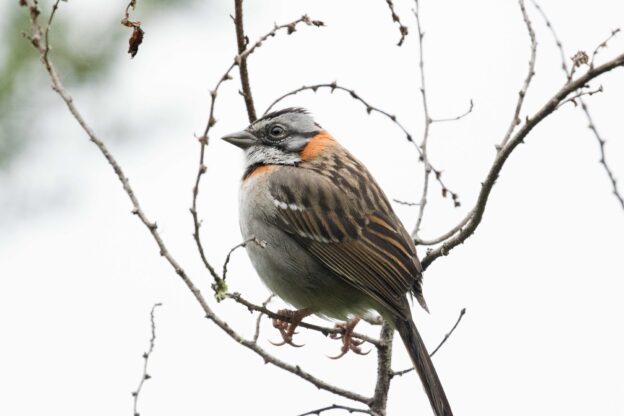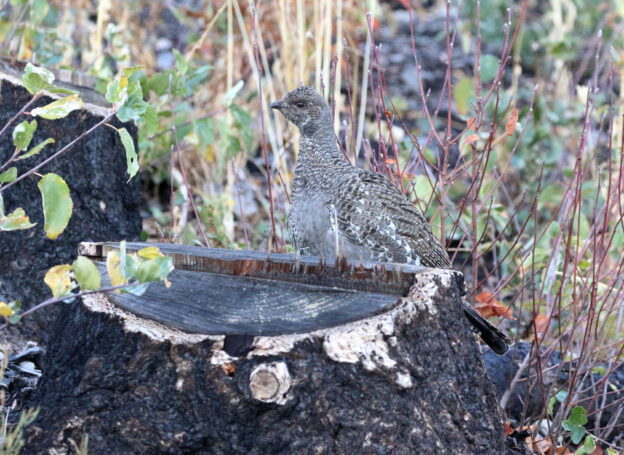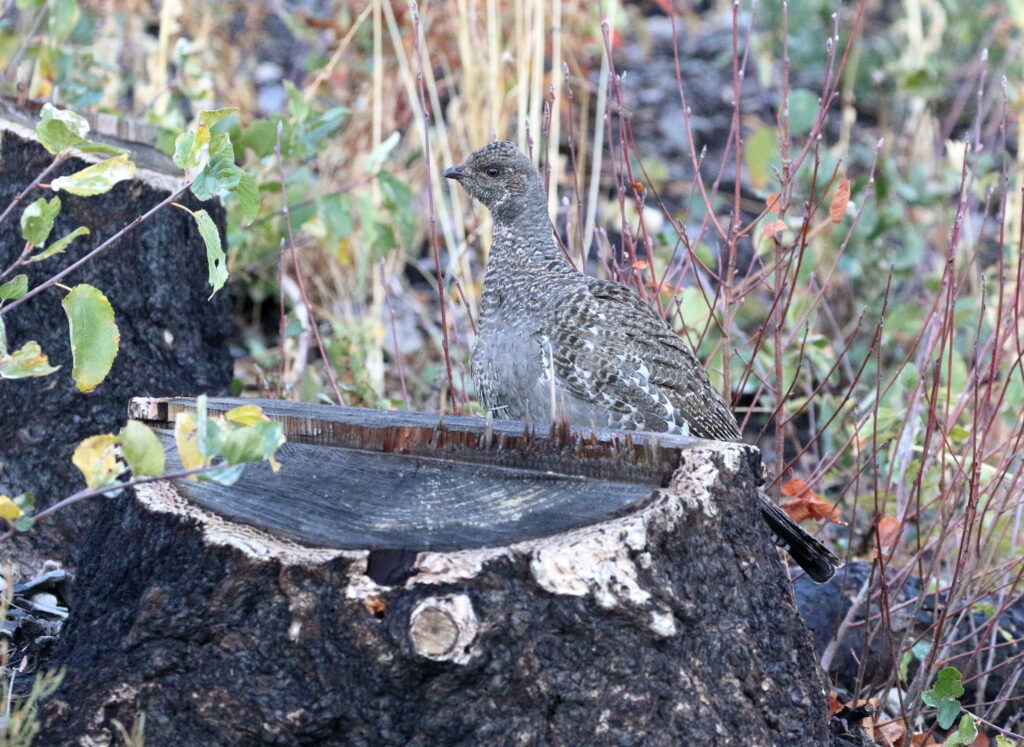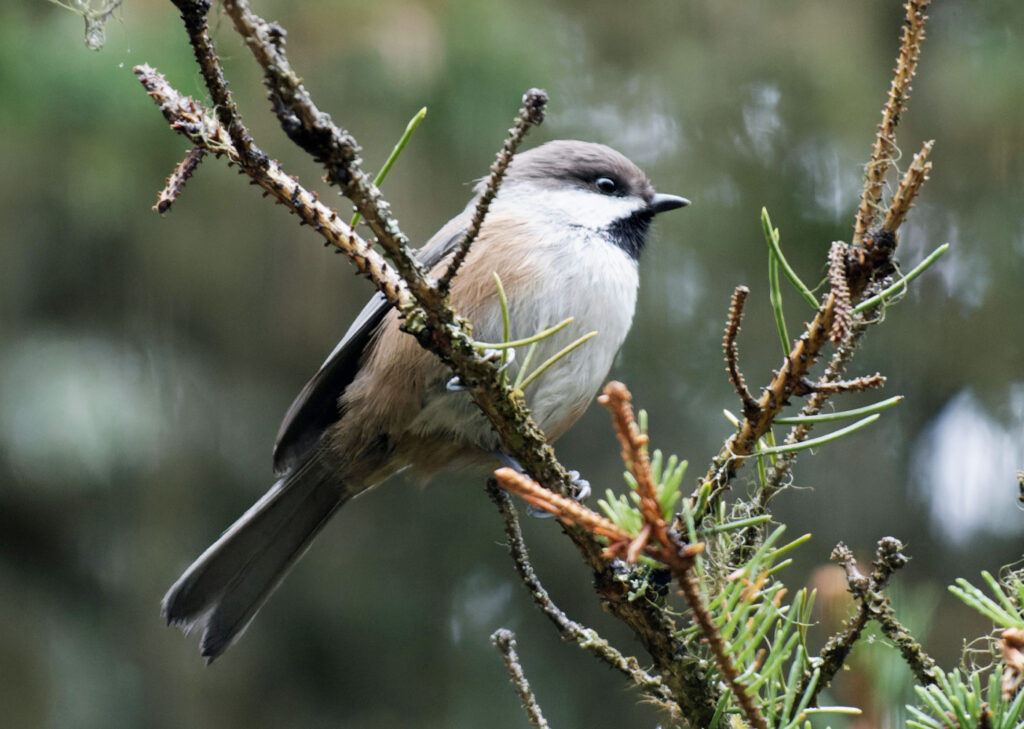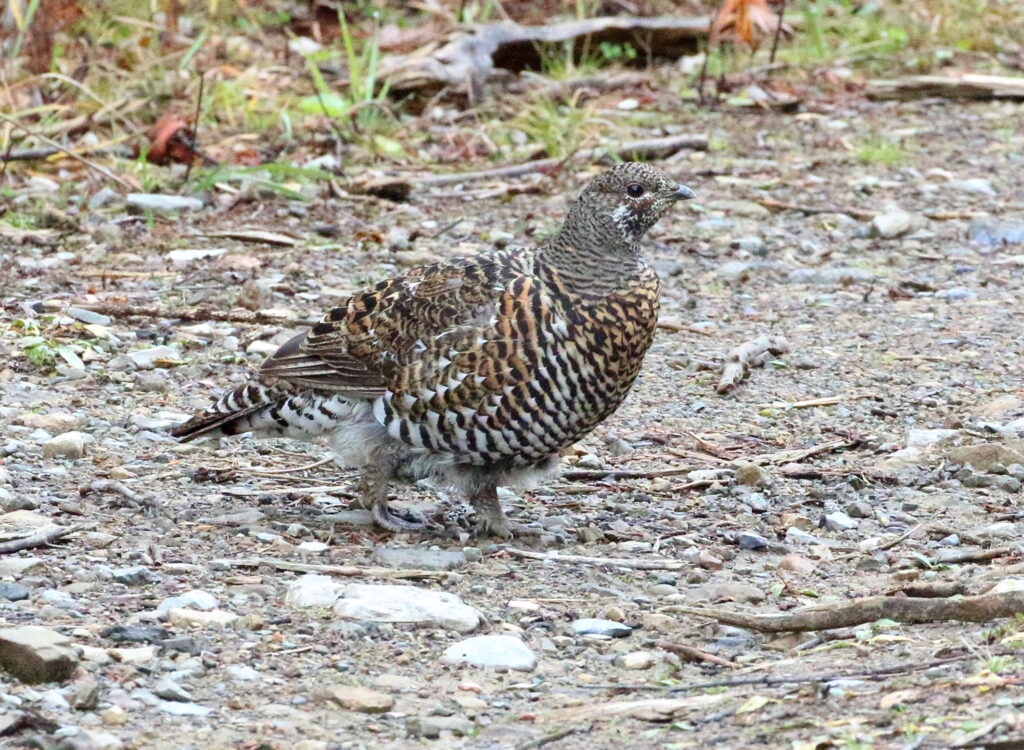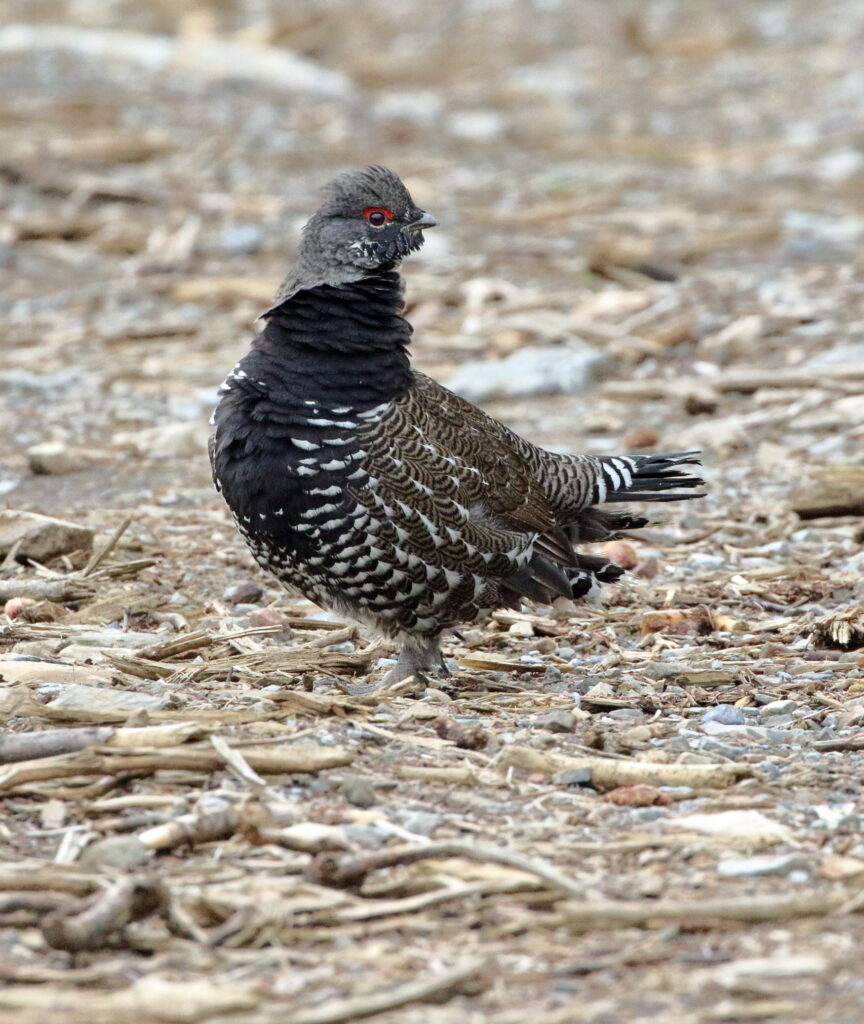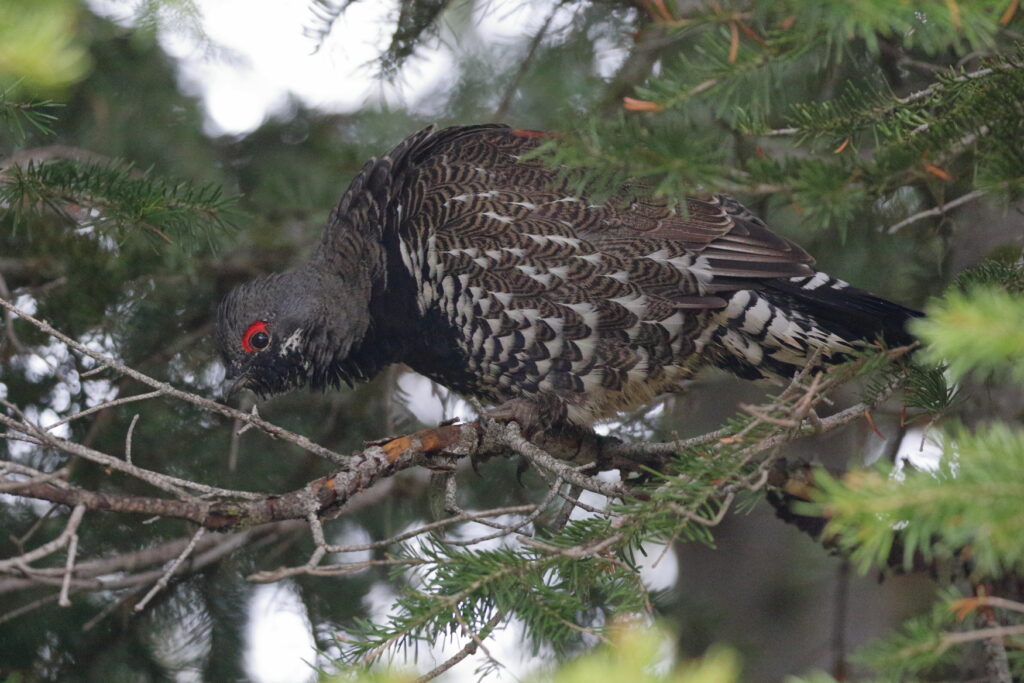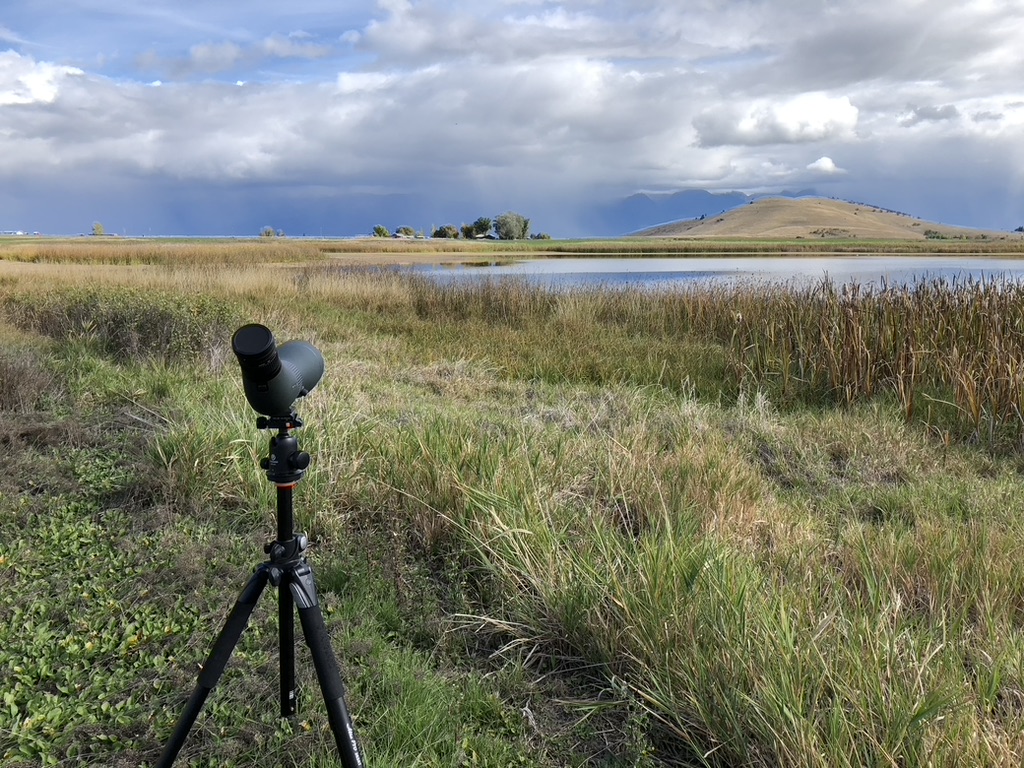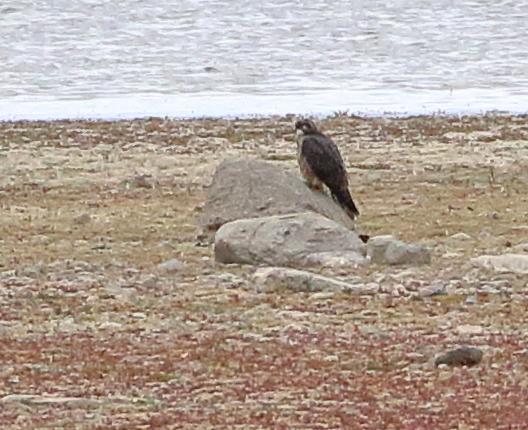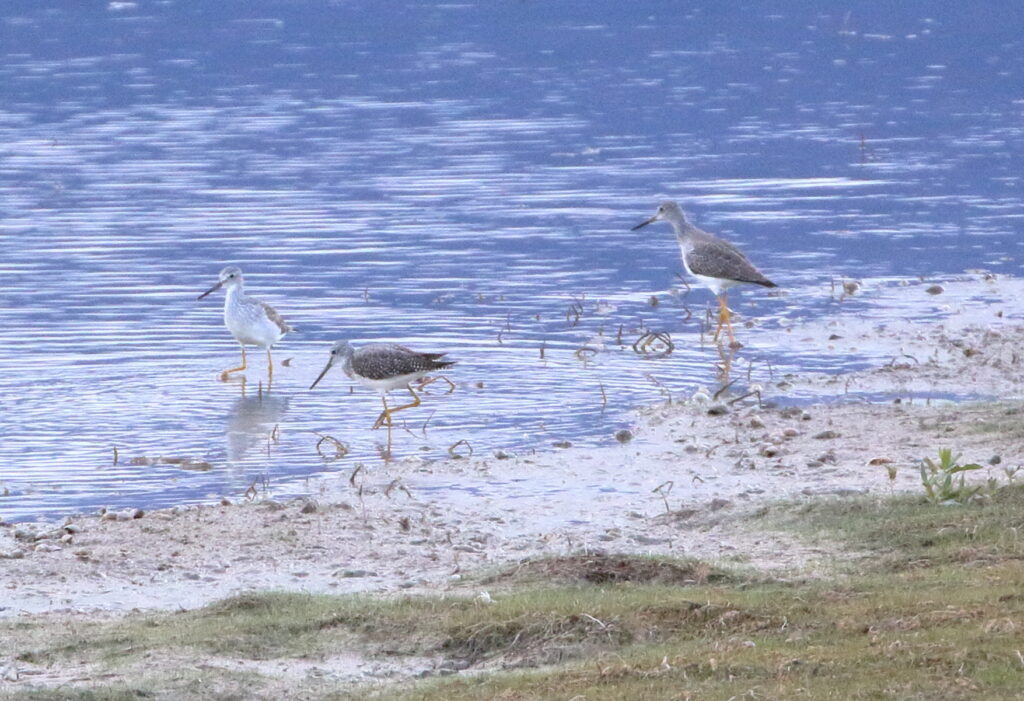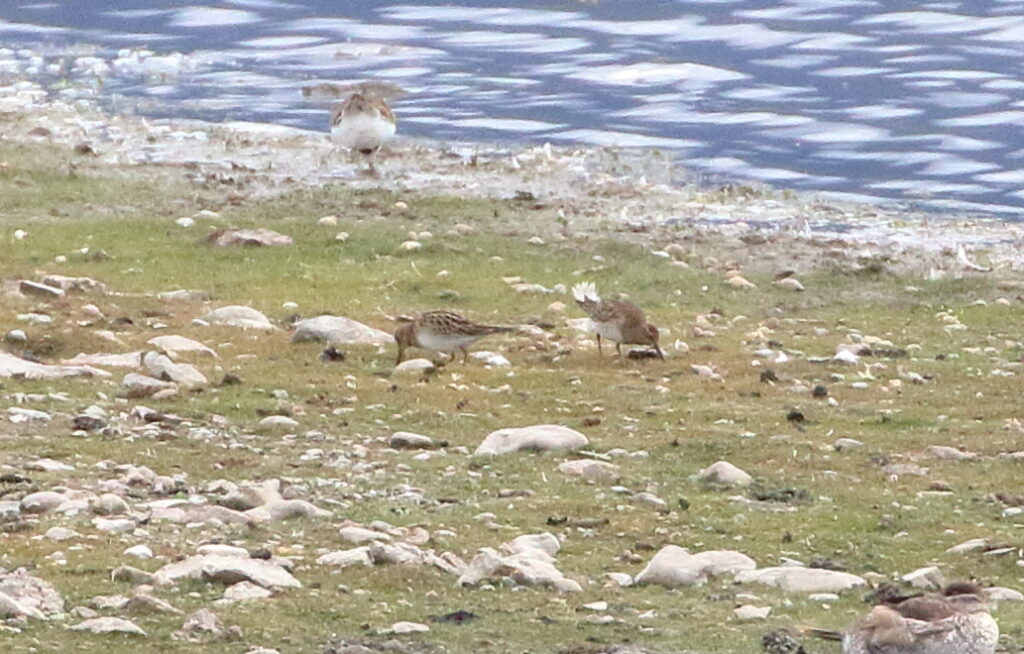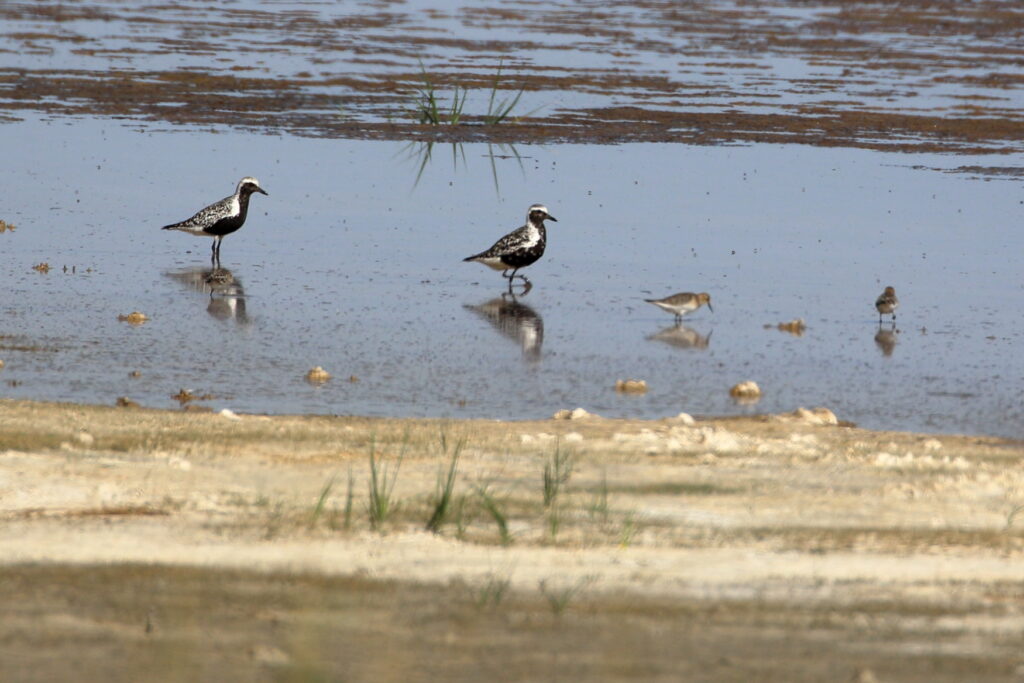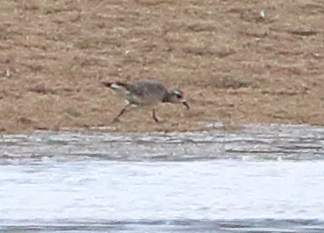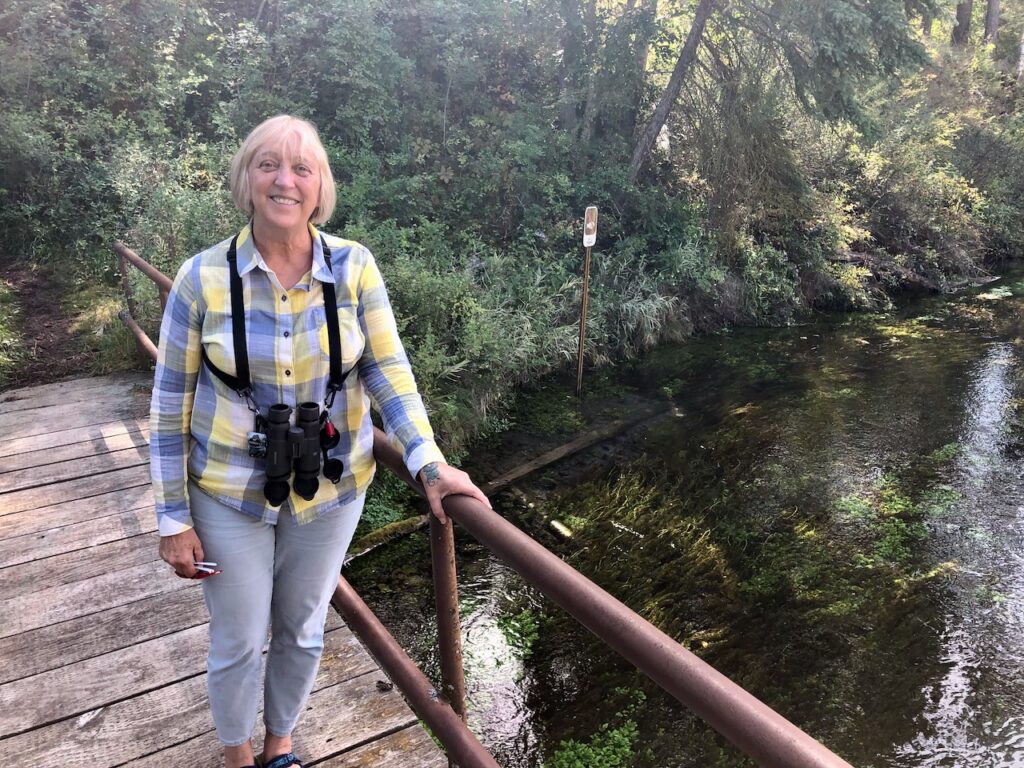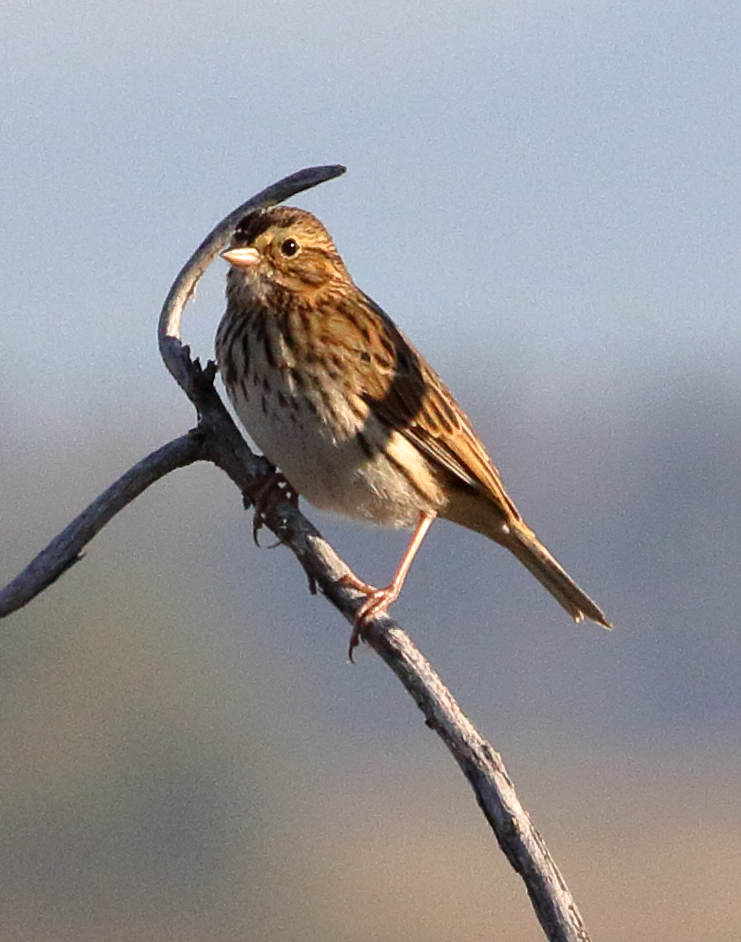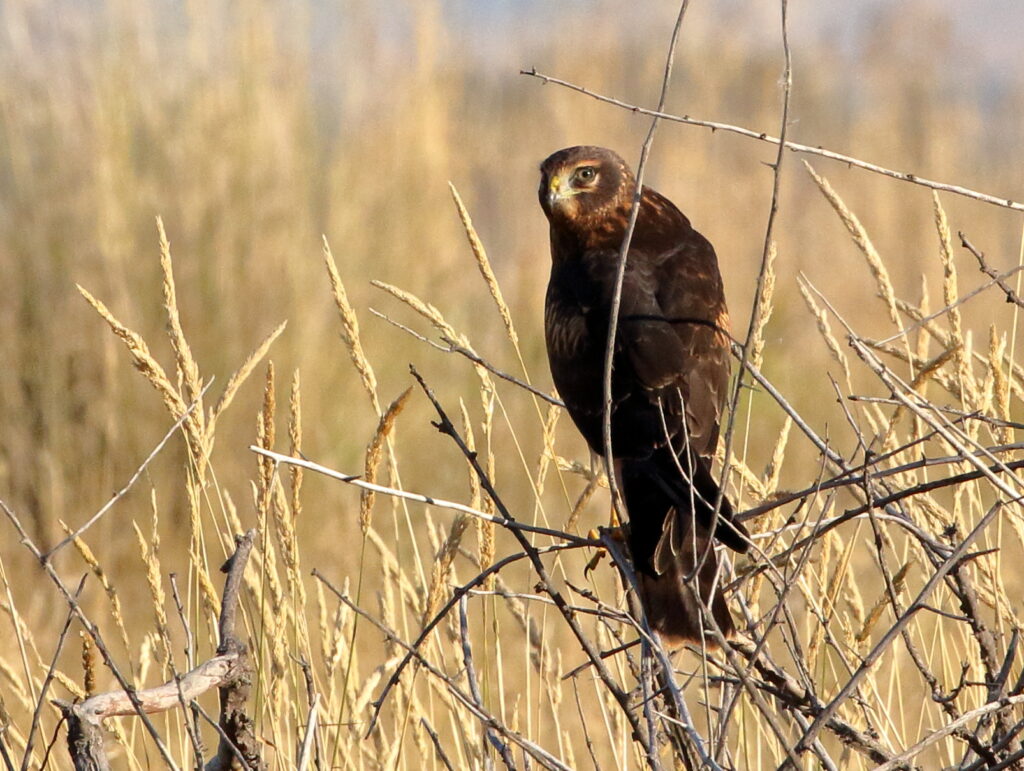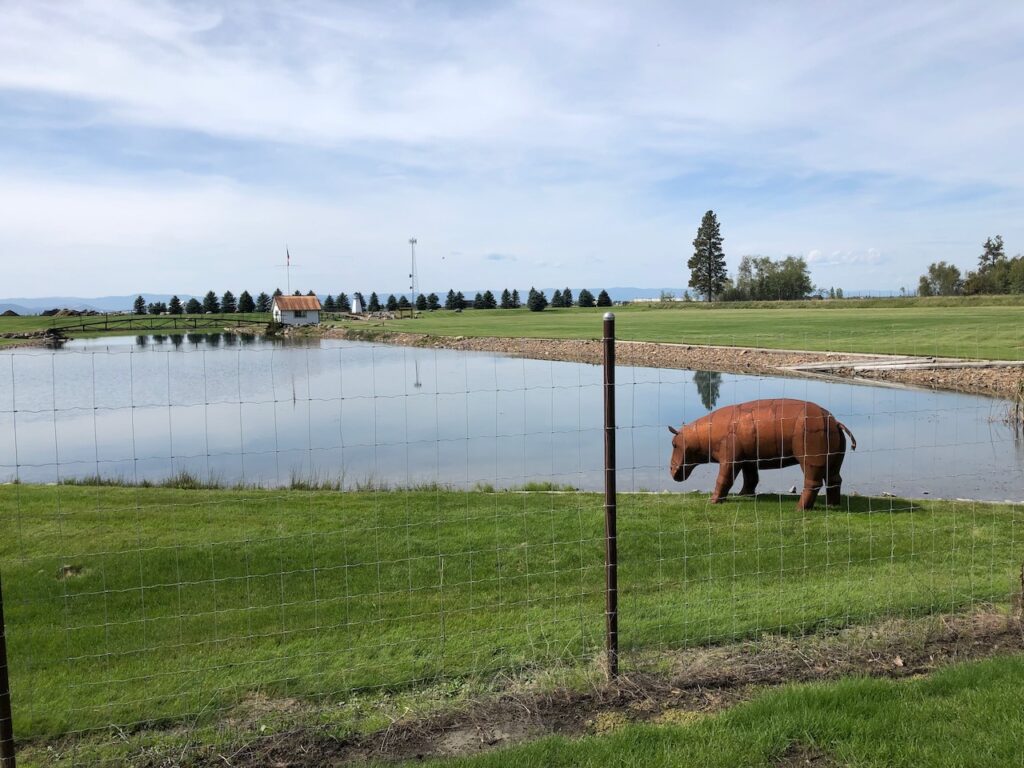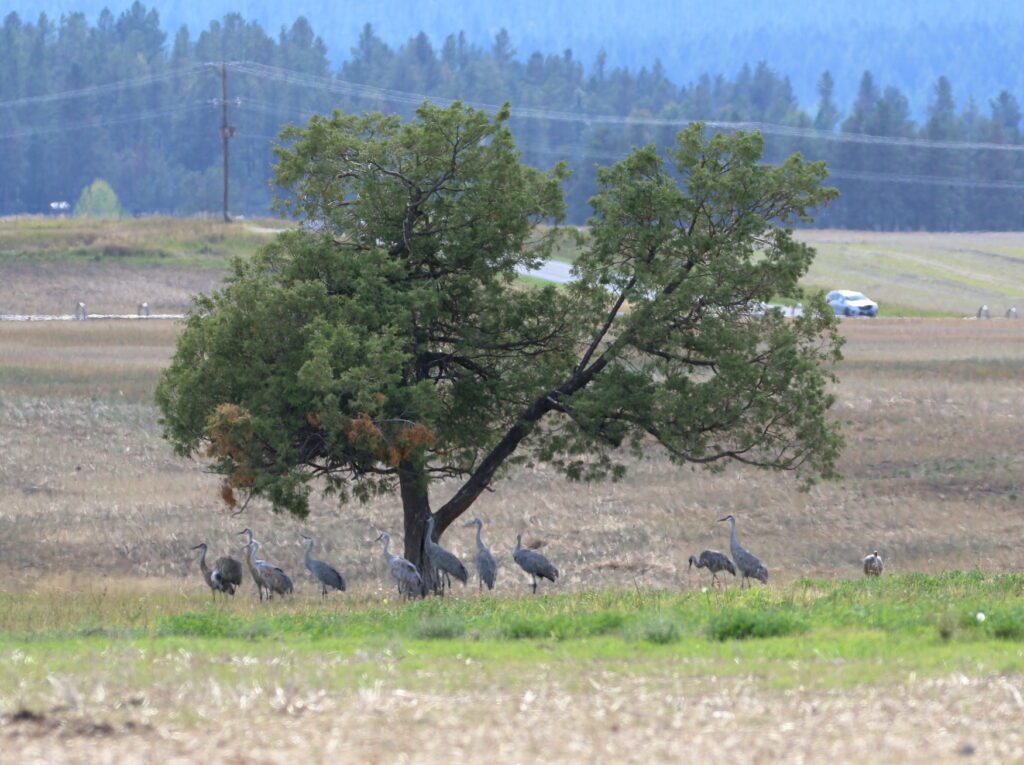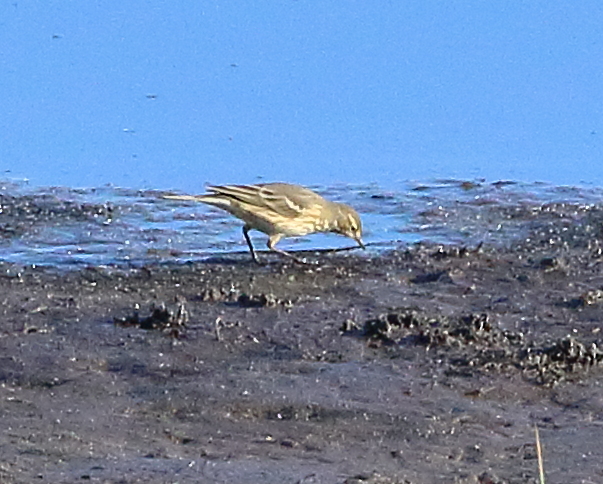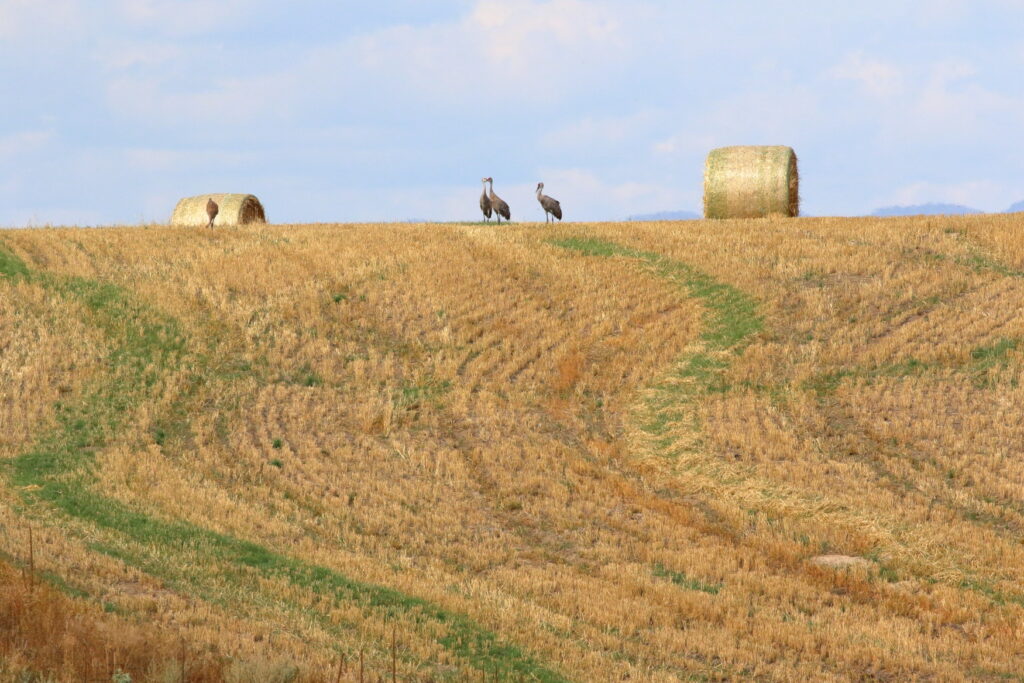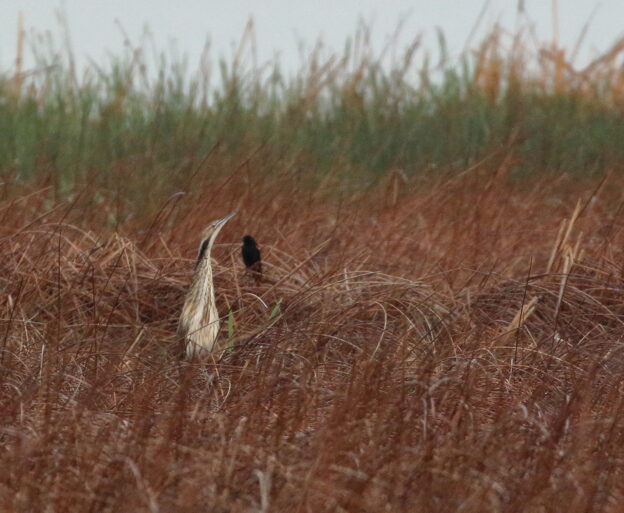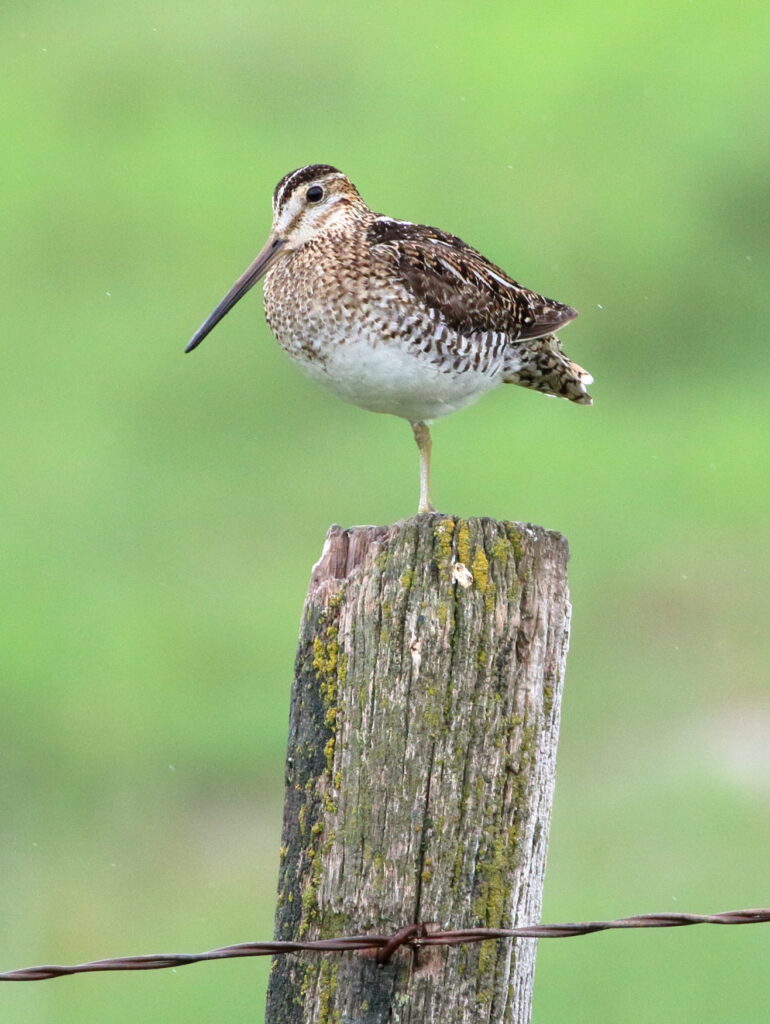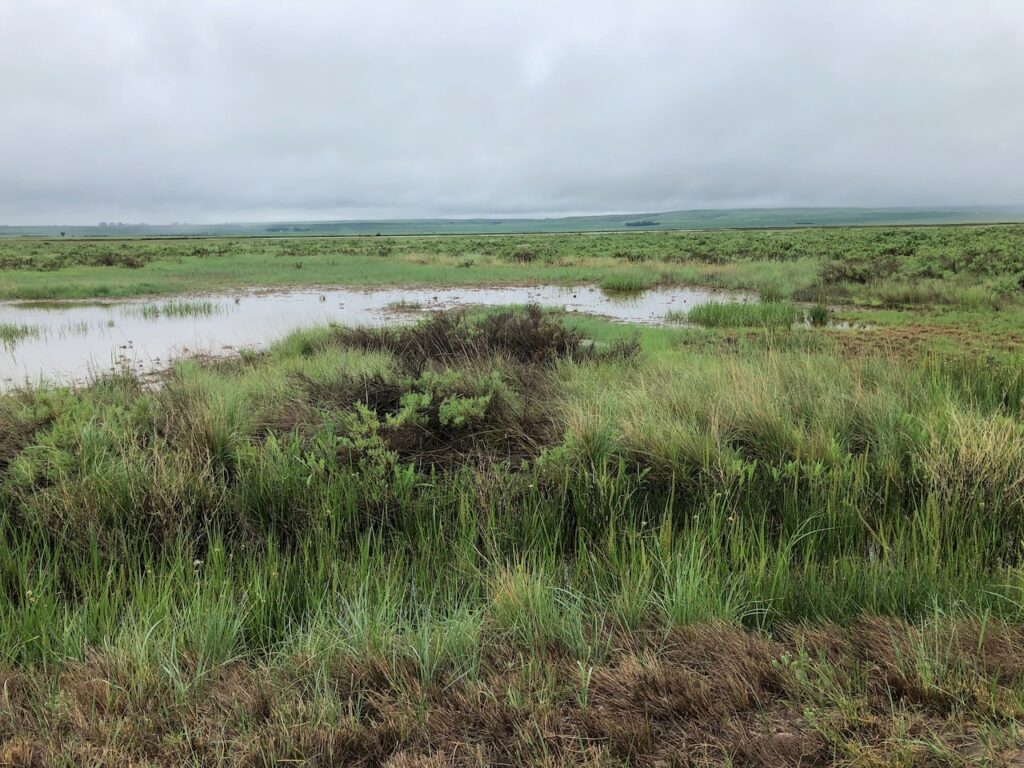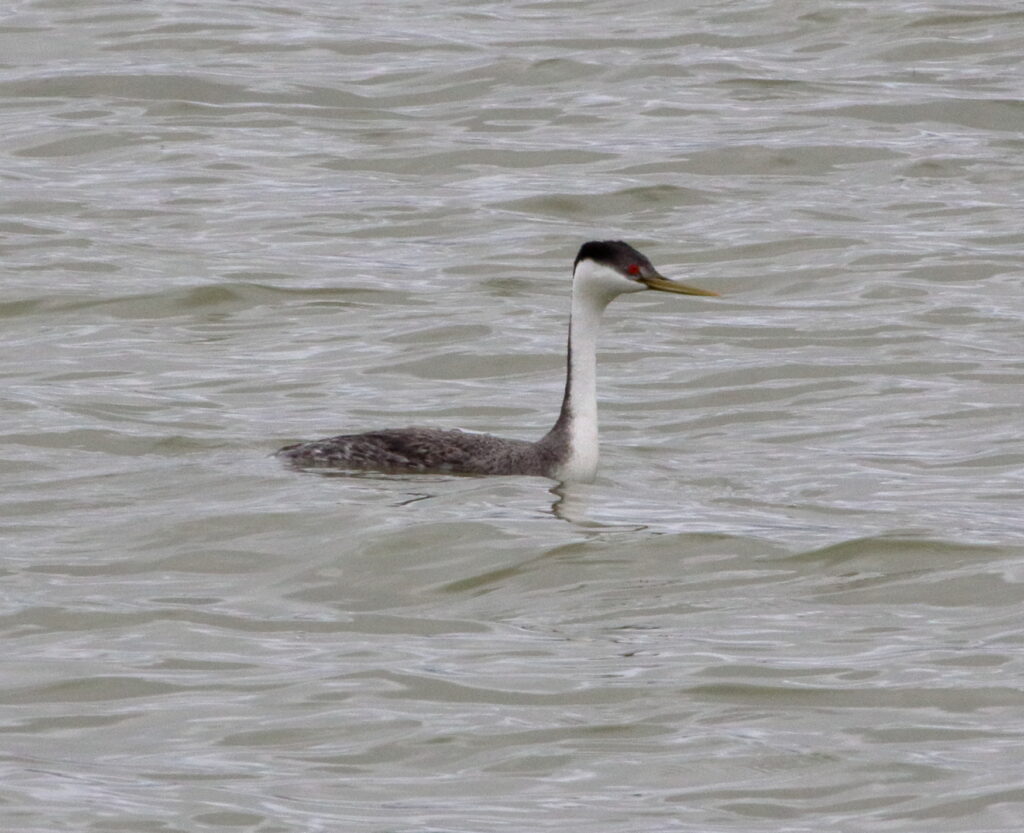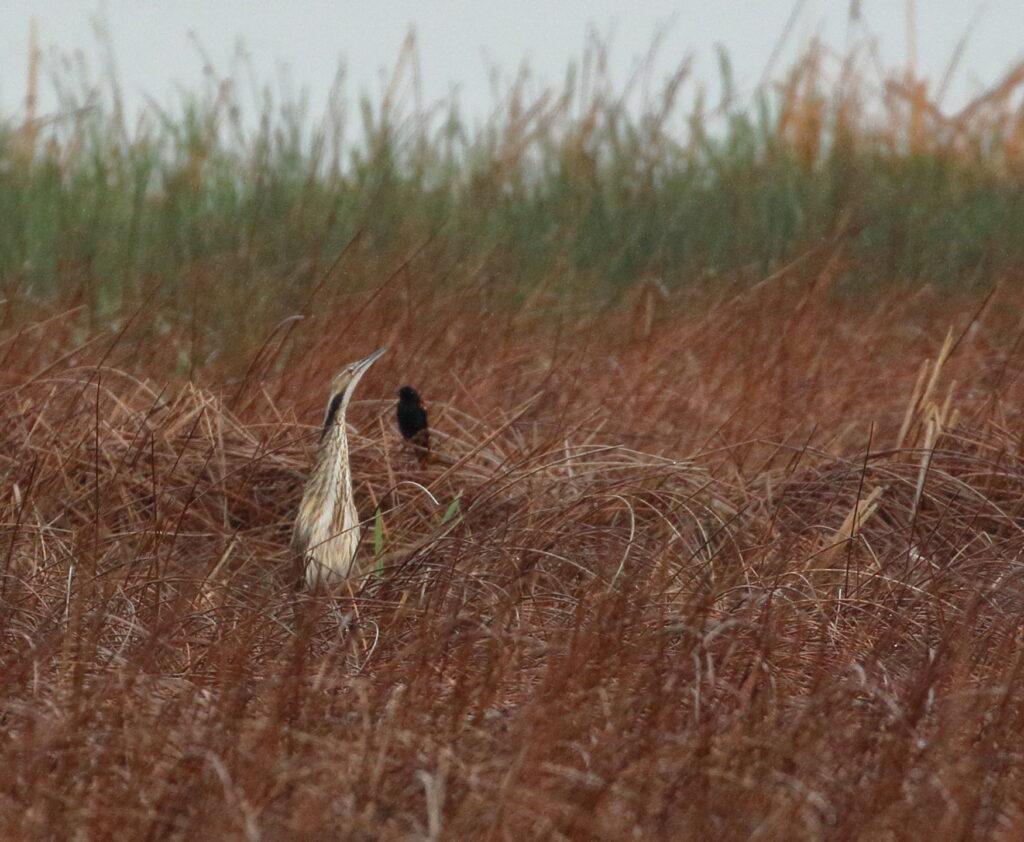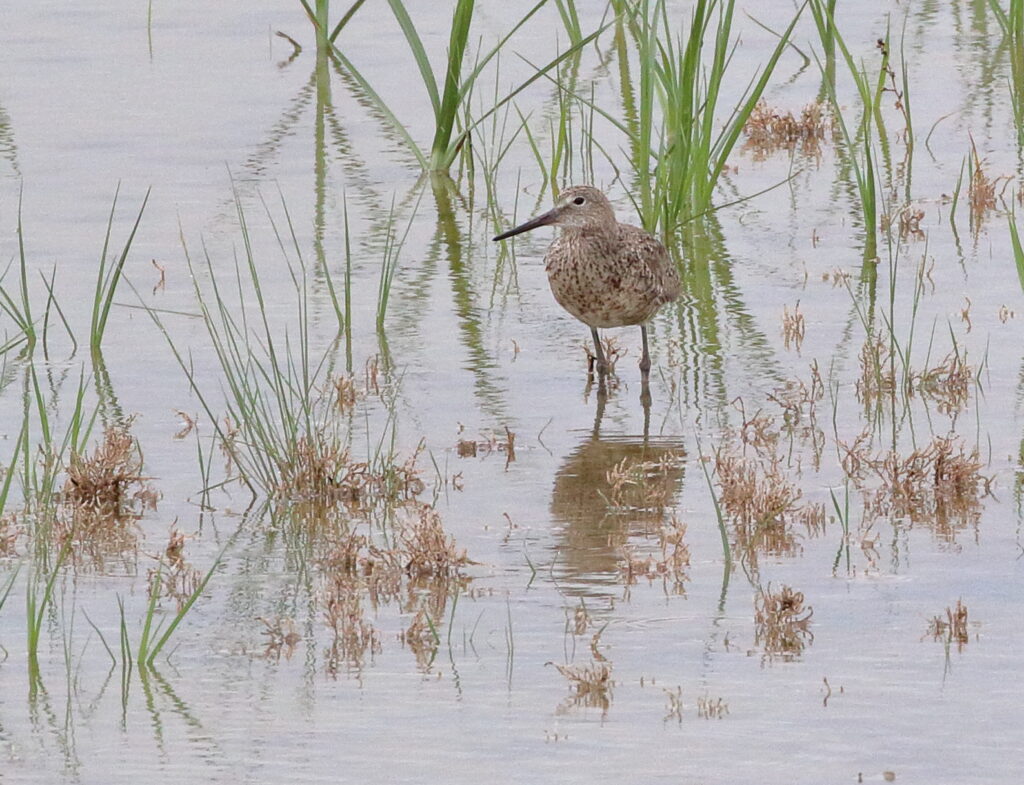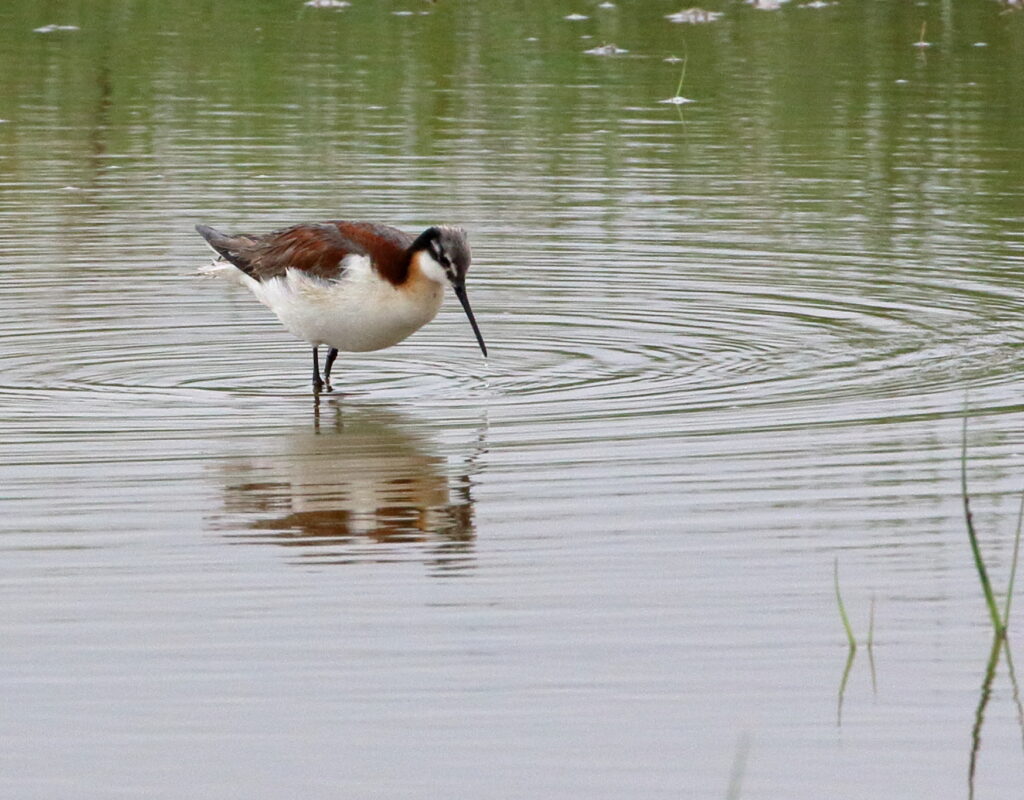You may have noticed that many of my recent posts have centered on a) sparrows and b) nemesis birds. This post will combine those topics in a way that I hope will elicit six-figure offers for film rights along with invitations to various network morning shows. Strap in, because it promises to be a thrilling ride. Or mildly entertaining. Or at least more interesting than scrubbing the bathroom sink. Here goes.
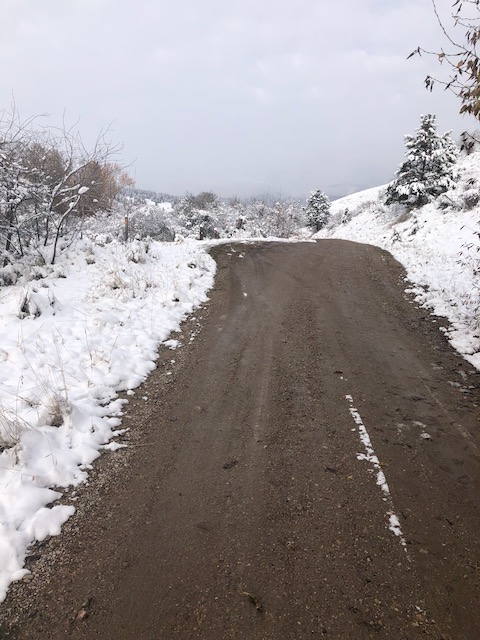
In my recent pursuits of nemesis birds (see From One Nemesis Bird to Another and Gambling on a Grouse-fecta), one bird that I have sorely neglected is the Golden-crowned Sparrow. In fact, it may have been the most common species still missing from my Montana life list. Braden and I first beheld one of these gorgeous birds at the Moonglow Dairy outside of Monterey, California while we were pursuing our first Big Year back in 2016. Since then, we’ve seen them several times in California and Oregon—which is probably why they never became a top priority for us in Montana. Nonetheless, stray GCSPs show up in Montana often enough that they should have been beeping more loudly on our radars. Last week, when Braydon Luikart (see Gambling on a Grouse-fecta) notified me that a Golden-crowned had been spotted in Missoula, well, I guess I was finally alert enough to seize the opportunity. I threw Lola into our trusty minivan and headed out to LaValle Creek Road near the airport.
As I turned onto the muddy track, it was clear that word had gotten out when I began passing a veritable Who’s Who of Missoula birding. These included avian biologist William Blake (formerly of MPG Ranch, now with the American Bird Conservancy), and veteran birders Adam Mitchell, Thomas Kallmeyer, and Di Litz. William and Adam gave me directions to the sparrow spot, and a mile or so later, I pulled over onto a muck-filled turnout.
“It should be right there,” William had told me, but when I climbed out of the car with my binoculars and camera, I didn’t see a thing. Figures, I thought. I’m going to be the only birder in Missoula who doesn’t see this bird.
I studied the surrounding bushes and road without spotting anything, then took a couple of steps forward. Suddenly, I saw movement at my feet. The Golden-crowned! It was so perfectly camouflaged with the muddy ground that my eyes scanned over it two or three times without detecting it! Talk about your easy nemesis birds! I had a nice long visit with this fellow, admiring its subtle yellow lores and crown, boldly striped back, and finely striped breast. Its gray bill indicated it was a “1st winter bird,” fledged this past summer. Whoo-Hoo! Montana Lifer #303!

William and Adam had told me they’d seen Pine Grosbeaks and Gray-crowned Rosy-finches further up the road, so I continued on to a place locally known as “the corral.” There, I found UM grad student Tim Forrester also looking for the birds. Tim’s been all over the U.S. and many places abroad studying birds, and we had a nice conversation while waiting for other birds to show up. Alas, I guess I’d hit my limit for great birds for the day—though I did see a nice pair of American Tree Sparrows on the drive out.
As I always do after a great find, I called Braden to share the news. After congratulating me, he asked, “You know what this means, don’t you?” “Uh, no.”
“It means,” he said, “that you’ve seen all four of Montana’s Zonotrichia sparrow species!” He recounted the four species for me, and I realized that they were four of my favorite sparrows: White-crowned, White-throated, Harris’s, and now Golden-crowned. What’s more, I’d seen all but Harris’s Sparrow this year.
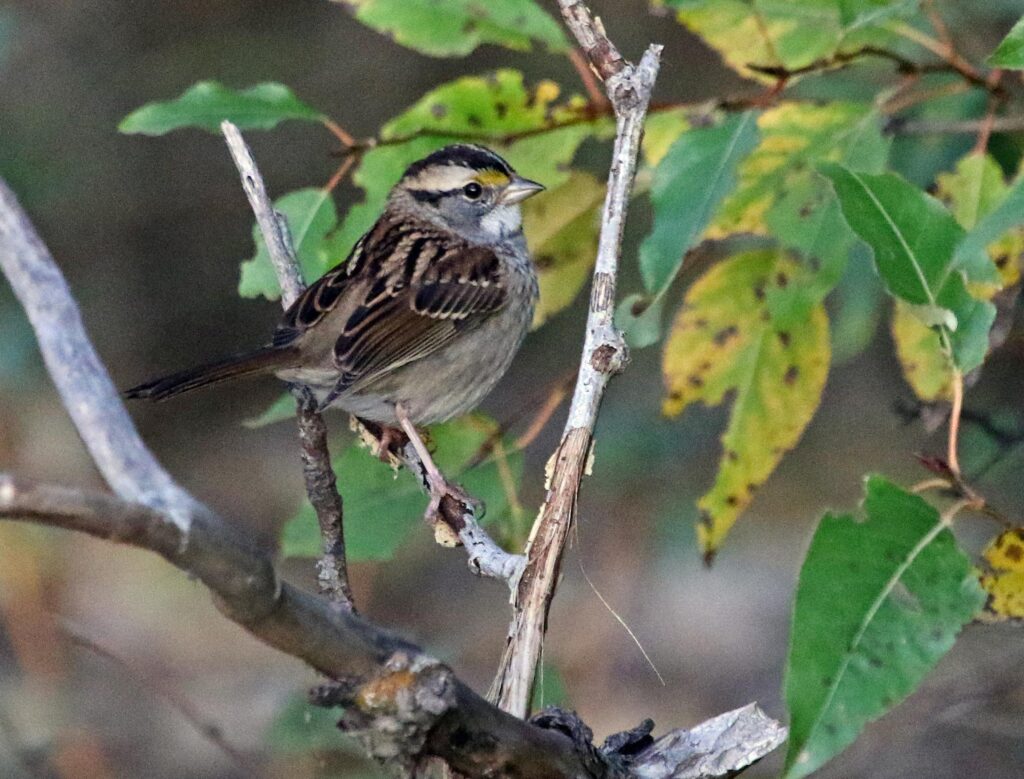
“But what exactly are Zonotrichia sparrows?” you may be asking. Good question!
Birds in the genus Zonotrichia are among our largest sparrows. They all have heavily-streaked backs and are ground-feeders, snagging seeds, grain, insects, and spiders. At first, their bold head markings look quite different from each other, but if you compare the four species side-by-side, you will see that they bear strong similarities. White-crowned Sparrows (see Welcoming White-crowned Sparrows—with Observer Bias) and White-throated Sparrows (see March Madness Birding in Missouri) have the widest distributions and are probably the “Zones” that people are most familiar with. In Montana, Harris’s probably have the greatest cool factor. Braden and I have seen them only once together (see A Quest for Snowy Owls), and I saw them once more a couple of years ago. No two ways about it, though, adding Golden-crowned to my Montana list made my day.
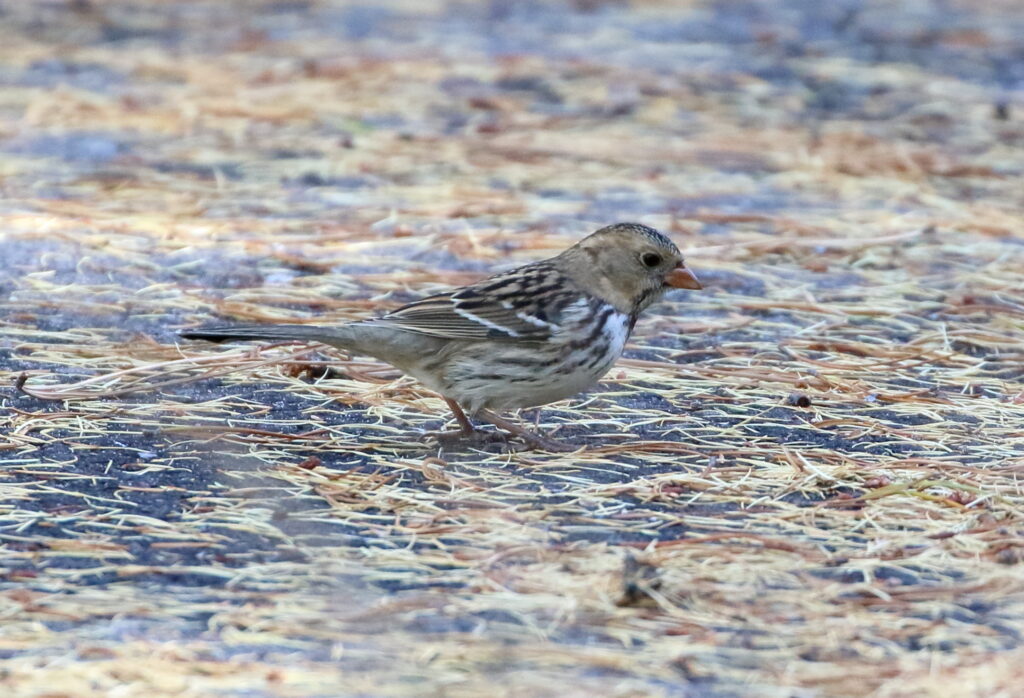
I’m not quite finished zoning out, however. So far, I’ve mentioned four species of Zonotrichia, but there’s a fifth, and it’s one almost anyone visiting Latin America will recognize: the Rufous-collared Sparrow. Braden and I first encountered these handsome critters during our 2017 family trip to Ecuador and Peru, though I’m sure I saw them in Costa Rica before I became a birder. In fact, this is probably the most common bird we saw in urban and suburban settings—so common, that we soon began taking them for granted. I hereby pledge not to ever do that again. Meanwhile, wherever you are, I invite you to zone out for yourself. Especially if you live in the southern half of the U.S., the West Coast, and much of the Atlantic seaboard, I guarantee there’s some Zonotrichia near you. Braden and I will be waiting for your reports!
White-crowned Update: In writing my recent post “Welcoming White-Crowneds,” published October 1st, I felt pretty sure that I had seen my last White-crowned for the season. However, just yesterday, October 31st, I saw yet another one out at the Fort Missoula Gravel Quarry, reinforcing my feeling that these “Zoned-Out” birds are having a very good year!
